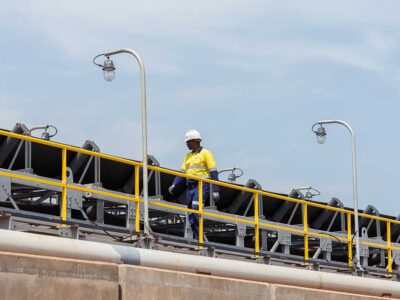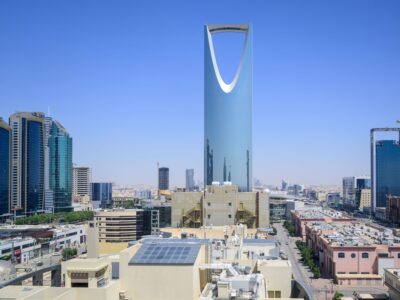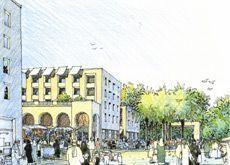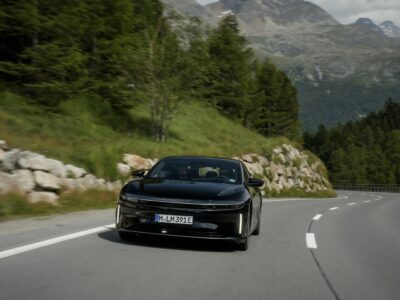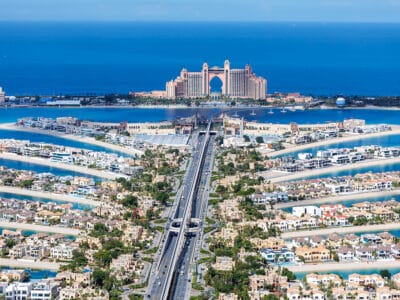Al Ain, the fourth largest city in the UAE, will have a light railway network within the next five to seven years and will see its population almost treble by 2030, according to a new plan unveiled by the Abu Dhabi government.
The UAE’s garden city currently has a population of 374,000, out of which Emiratis account for about a third, the highest ratio by far among the country’s major cities.
Under the Al Ain 2030 master plan, the Urban Planning Council (UPC) an agency responsible for the future of Abu Dhabi’s urban environments, wants to grow the city’s population to 1 million by 2030 while maintaining its unique cultural identity.
“The plan aims to make Al Ain a knowledge centre with world leading museums, universities and businesses,” said HE Falah Al Ahbabi, UPC’s general manager.
“Rather than competing with the heavy industry, skyscrapers and shopping malls of our coastal cities, Al Ain will focus on attracting residents and tourists based on its unique cultural heritage and the quality of the lifestyle it offers.”
Major employers in Al Ain include the UAE University and its associated hospital, Tawam Hospital.
Al Ain’s airport will expand “massively” to cater to the high tech manufacturing industry, Al Ahbabi said.
The centre piece of the new public transport system will be a new high speed rail terminal connecting Al Ain to Abu Dhabi and eventually to Dubai.
The station will have a “prominent presence” on the open square that is now home to the Al Ain Town Centre, an underused shopping mall.
However, the UPC said that many issues have yet to be resolved, including the exact location of the station, the number of tracks, and integration with other forms of transport.
A tram will run down Khalifa Bin Zayed Street, where stations will include Tawam Hospital, UAE University and the Al Ain Mall.
Pedestrians in the so called Gateway Corridor will never be more than a five minute walk away from a tram station.
Construction of the new tram link is expected to be complete within five to seven years.
A network of shuttle buses will connect the major population centres of Al Jimi and Sanaiya to the city centre.
There are currently 4,000 houses under development in Al Ain and another 16,000 will have been built by 2030.
Expat ownership of real estate has so far been limited to Aldar’s Noor Al Ain development, but this may change under the new plan for the city, Al Ahbabi said.
Aldar had to revise its blueprint for the project in September last year after it was asked by the UPC to comply with the city’s ban on high rises.
The 20 metre height limit on buildings in Al Ain will continue to be strictly enforced, Al Ahbabi said.
This will mean that Al Ain, where urban sprawl is already a problem, will see “densification” of some of its neighbourhoods, and that future expansion will be concentrated within a 15 km stretch towards the Jebel Hafeet mountain and the Ain Al Faydah springs.
By 2030, the Al Maqam, Asharej, and Al Muwaiji districts will join the Central District to house the majority of Al Ain residents and commerce.
A second north south axis consisting of Hili, Al Jimi, Al Mutaredh, and Sanaiya will also contain higher density accommodation.
